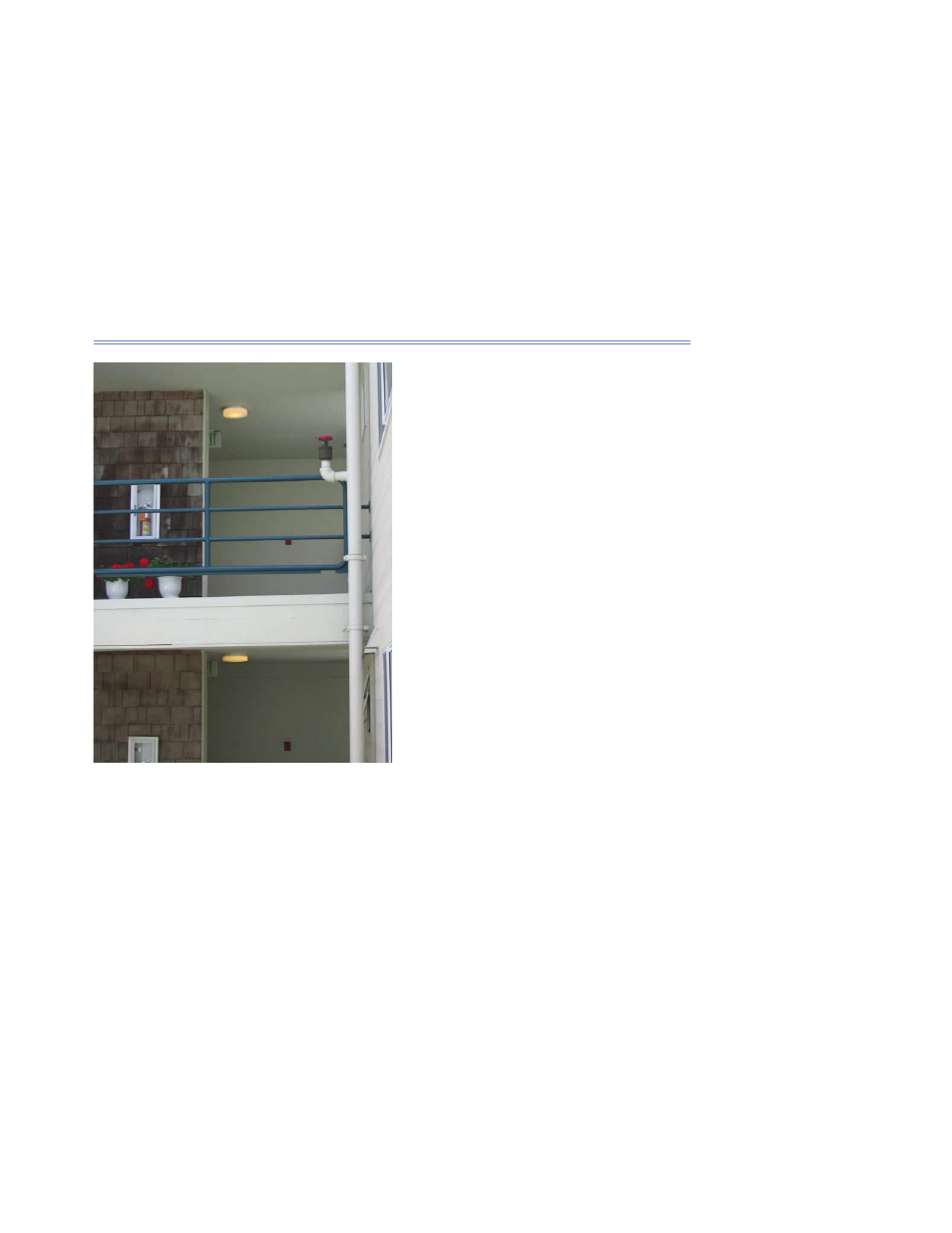Retrotec USACE User Manual
Page 221

Appendix D D91
light-logging equipment in a few typical spaces. These battery-operated de-
vices monitor and record when the space is occupied and when the lights are
on or off. These devices record the data over a period of several days, and the
output is analyzed through software that comes with the units. It is a great way
to test if your building is wasting energy by leaving the lights on when nobody’s
there. An example of such a device can be seen at http://www.wattstopper.com/
getdoc/55/5005%20IT-200.pdf.
D.5.5 Leaving Outdoor Lighting on during the Daylight Hours
(Waste)
Figure D146. Examples of unswitched outdoor
lighting: multifamily residential building.
Outdoor lighting is used to illuminate outdoor spaces at night (hallways, paths,
semi-enclosed garages, etc.), primarily for safety. During the day, the effect of
outdoor lighting is completely obliterated by daylight and therefore the energy
expended by keeping the outdoor lighting on is completely wasted. Yet out-
door lighting is often uncontrolled, and sometimes even unswitched—that is,
on 24 hrs/day, 7 days/wk (Figure D146). Builders neglect to install controls for
outdoor lighting in the fi rst place. When a control is installed, if that control
requires human attention, it must be located in a convenient location and must
be clearly within someone’s responsibility to operate. In the picture below, the
lighting in these outdoor corridors is energized 24 hrs/day 7 days/wk. This dou-
bles the electrical costs, because the lights are burning twice as long as neces-
sary. In a complex of four large four-story buildings, this adds approximately
7.5 kw to the electrical load, at a cost of over $5,000 annually.
Outdoor lighting that is left on during the day is one of the easiest things
to identify as wasted energy. It is, however, sometimes the hardest to trace,
because the panels that feed the circuiting are often in obscure locations. The